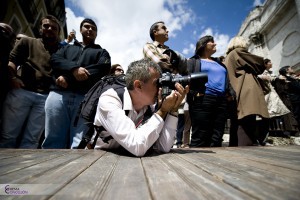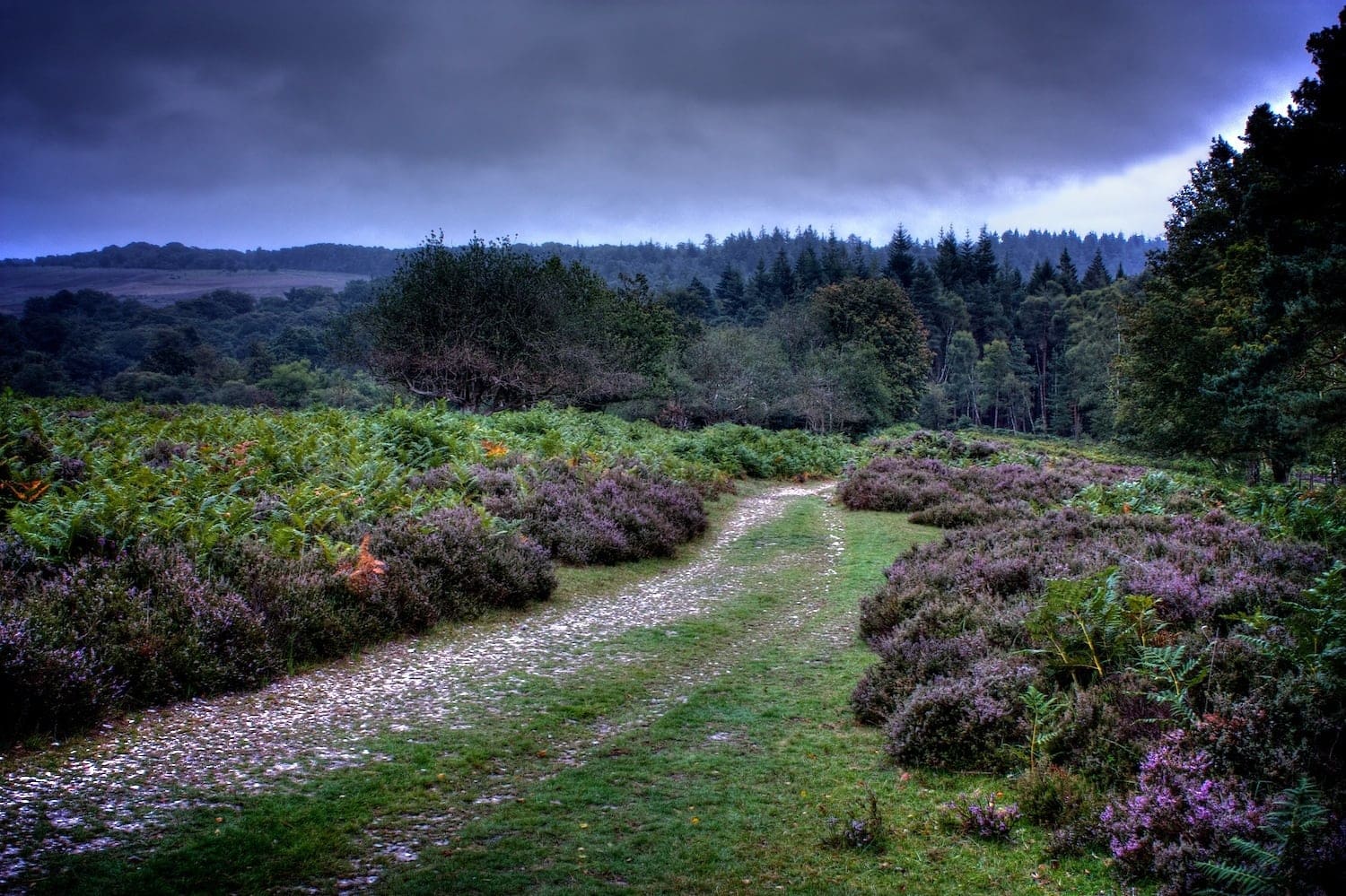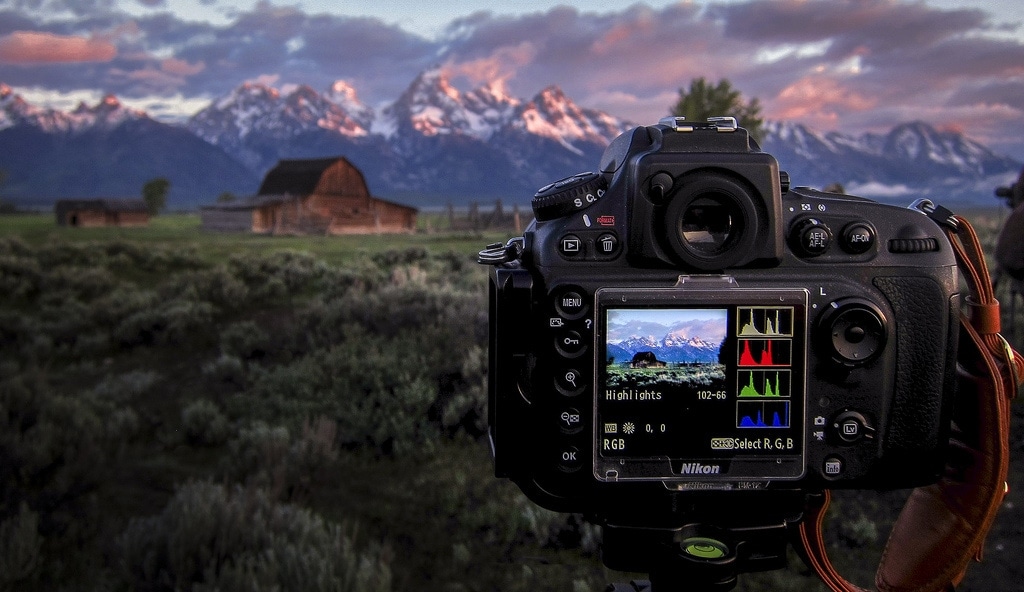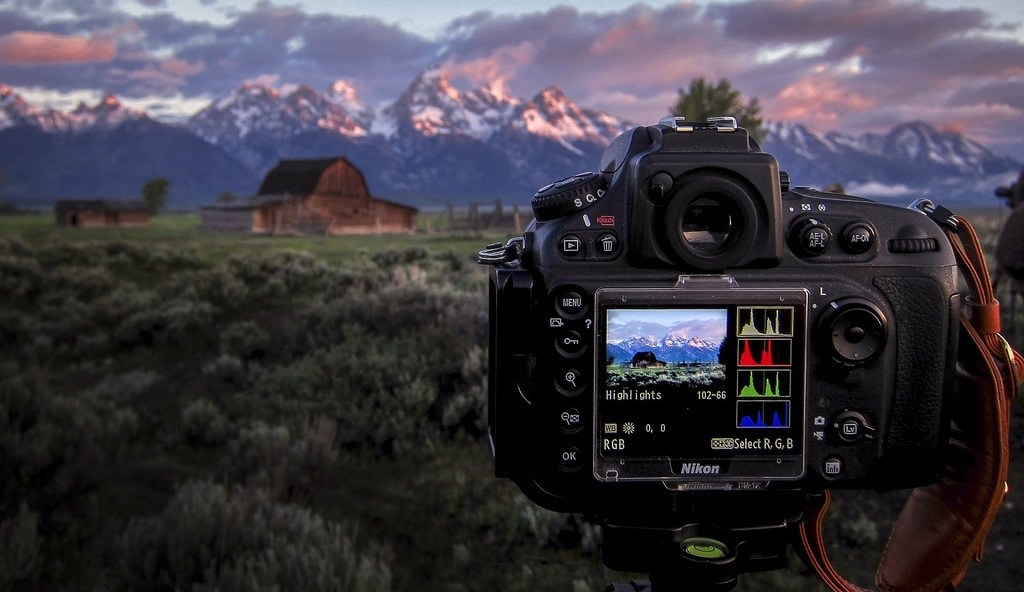At Blog del Fotógrafo we never tire of insisting on the importance of the concept portrayed, the idea, emotion or message, compared to other more physical and mundane issues such as camera features or its technical part.
I prefer that you "feel" the photograph before you know how to take it. In the absence of "emotional content" to convey, technique doesn't get you very far. But, don't get me wrong, the technical part is vitally important, it is the vehicle that will allow you to capture that idea, emotion, feeling or story.
If the story is the soul of your photography, the technique allows you to present it in a beautiful and attractive body.
Is there a technical issue in SLR photography that you are resisting? Do you get lost in so much weird terminology and vocabulary? Relax, today I bring you a review of the most important concepts in photographic technique. We have dedicated an article to each of them covering it in depth.
You will see that, as always, in each of these "monographs" we try, from the editorial team of the blog, to keep the language simple and accessible. My goal is for you to see how simple these concepts are. They really aren't complex at all. They give that feeling because of their names, perhaps not very accurate, and because of the tradition that has been had until now of presenting them in an academically horrendous way in many schools, books, and photography courses. But, depending on how they tell you, you realize that mastering them is much easier than frying an egg.
I leave you with the issues.
11 ESSENTIAL CONCEPTS THAT AS A PHOTOGRAPHER YOU MUST KNOW (AND MASTER)

1) How to hold an SLR camera correctly : I assumed that everyone knew how to hold an SLR camera, but as soon as we published the article (thanks Iaio) I was pleasantly surprised. Many fans have thanked you. It seems obvious but it is not. There is a direct and very strong relationship between the way you hold your camera and the optical quality of the final photo.
2) How to set the focus of your camera according to the photo you want to take (with inspiring examples) : We agree that a poorly focused photo generally goes straight to the computer trash can. There is nothing worse than coming home, after an intense photographic day, to discover that that great photo on which we had high hopes could not have turned out worse, due to how out of focus it has been. Do you want to learn how to get highly sharp and focused photos? Don't miss the article.
3) Depth of field : In this article, through a very visual graphic, I explain what depth of field consists of and how you can use it as a creative resource in your photographs.
4) Hyperfocal distance : This concept was very resistant to me, as a photographer, at the beginning of my relationship with the camera. It took me a while to master it but because this article didn't exist ? In it we explain in a very simple way, and step by step, how to get the hyperfocal distance of your lens.

5) White adjustment : Article in which we break down the concept of white adjustment and explain how it affects the composition of colors in our photography. You will see how easy it is.
6) ISO : Surely you already use this setting, even if it is automatically. In this article we explain how to use the ISO correctly and how to get the best out of it depending on the photograph you are going to take.
7) Image stabilizers : In this article I will tell you everything I know about image stabilizers, when to use them, their advantages, and... be careful, their drawbacks too, that some of them have.
8) Measurement and exposure : A very complete detailed guide in which you will learn how to measure and expose your photographs in a "perfect" way. If you are interested in the subject, you can accompany the reading with some examples of measurement modes here as well .

9) Bracketing (or bracketing) : An interesting technique that will allow you to obtain, ALWAYS, a perfectly exposed photograph. The secret? Take more than one ? We tell you all the details and use cases in the article.
10) Histogram : We tell you in great detail what the histogram is, how it is interpreted, what its usefulness is, and how you can apply it in your day-to-day photography.
10) Photograph in RAW : For this shooting mode or format I bring you not one but four articles. One , two , three and four . You will discover why since I got to know this format I have not shot in JPG again, except in a few exceptions. The benefits of shooting RAW are not found in any other format.


